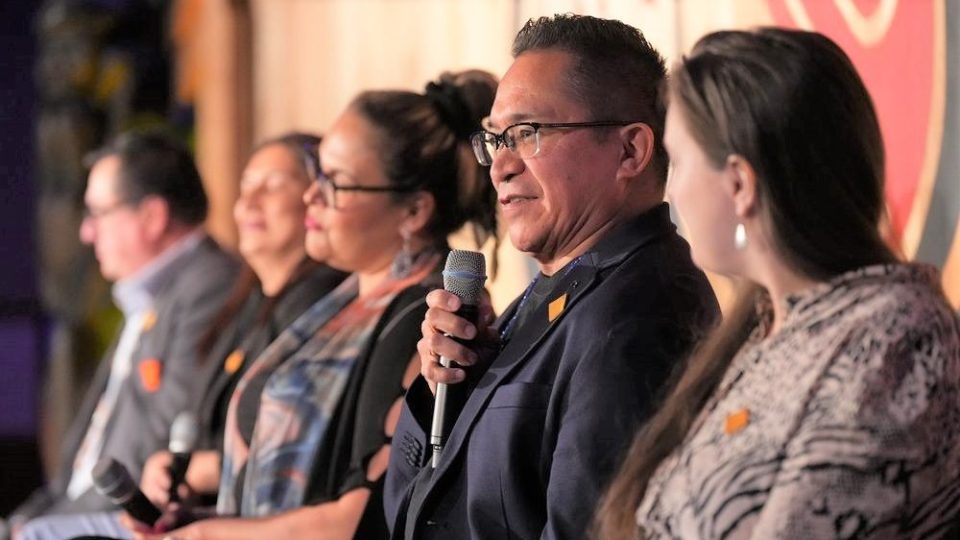Stereotypes can be found in strange places. For Indigenous leader Joe Bevan, the most recent was in a Vancouver taxi. While speaking of his support for the energy sector, the driver said, “Oh, you’re First Nations. I thought you guys don’t like oil and gas.”
“I thought, oh goodness, really?” says Bevan, CEO of Gitga’at Development Corporation in Prince Rupert, B.C. “That narrative is still spinning in peoples’ heads. Well, I’ll tell you, that’s not us.”
Even though many Indigenous people in northwest B.C. support LNG development, there’s a need for more education about the industry in Indigenous communities more used to 100-year-old forestry and fishing economies, Bevan says.
“We know little about gas and oil even though it’s happening right in our own backyard,” says the former chief councillor of the Kitselas First Nation. “We’ll still have forestry and fishing, just to a lesser extent. We now have a new economy right in front of us and that’s LNG, logistics and mining.”
The opportunity for LNG development on the west coast is ramping up thanks in part to Indigenous leadership. The $18 billion LNG Canada export terminal in Kitimat – supported by the Haisla Nation – will start operating in 2025.
The proposed $3 billion Cedar LNG facility, also in Kitimat, is 50 per cent owned by the Haisla Nation and would be the first Indigenous-owned LNG terminal in the world. It could be in operation by 2027. The project holds significant potential for economic and social transformation in the region, the community says.
Also on the west coast, the Nisga’a Nation near Prince Rupert and its partners have proposed the $10 billion Ksi Lisims LNG terminal on Pearse Island – the project has entered B.C.’s environmental review process.
Woodfibre LNG near Vancouver, which could start operating in 2027, is the only major project in Canada with an Indigenous issued environmental assessment certificate.
Sixteen Indigenous communities along the $14.5 billion Coastal GasLink pipeline, which will feed natural gas from northeast B.C. to LNG Canada and Cedar LNG, have signed a 10 per cent ownership stake once the project is completed in 2023.
“Some people don’t understand the economy has changed and we need to change with it,” says Bevan. “There needs to be that change – to start biting into the oil and gas industry, saying, ‘What is my role now and how do I fit into this?’”
Energy companies must understand that young Indigenous people in B.C. need support building their industry knowledge in order to participate in development, he says.
“They have to start helping us and educating us.”
In the end, many Indigenous people have bypassed dreams of working in the energy sector, says Bevan. The slow pace of development has forced them to move on.
“Some people say, ‘I died on the vine waiting for it to happen.’”
The unaltered reproduction of this content is free of charge with attribution to Canadian Energy Centre Ltd.
